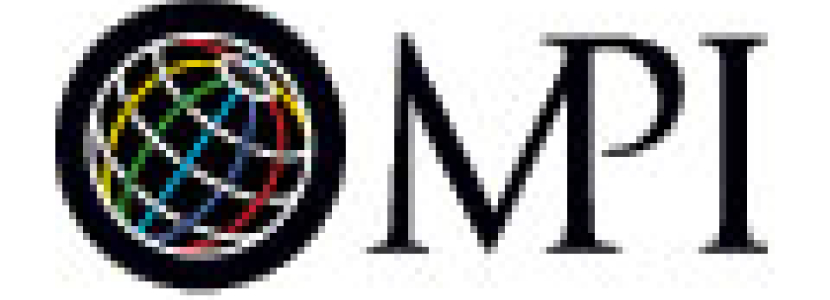
Oh, the Internet. For all it avails, attendees and planners still cringe at the idea of paying much for it—perhaps a shocked response to exorbitant Wi-Fi fees in a world that boasts free access at McDonald's. Furthermore, existing Wi-Fi access doesn't appear to be a significant revenue source for the hotels and convention centers that still sell it.
Sure, back in 1993, telecommunications services at hotels were riding high, accounting for 3.1 percent of total revenue according to Colliers PKF Hospitality Research. In 2000, annual RevPAR from telecommunications topped out at nearly US$1,300. But that has been on a downhill slide every year since. In its latest available figures (reflecting 2009), Colliers PKF pins the value of telecommunications at a mere 0.4 percent of total revenue—$178 per guest room.
At specialized event spaces, such as conference and convention centers, Wi-Fi has been a good source of revenue. Although precise figures aren't available, Smart City—the leading U.S. convention center telecommunications provider—puts the general value of this revenue, in its heyday, at less than that derived from F&B. And now Wi-Fi is becoming a cost of doing business for venues.
The spread of communications technologies such as smart phones and VoiP has thus grown at the detriment of event venue telecommunications revenues.
As technology develops, high-speed wireless data access (think "3G," "4G" and "LTE") has advanced our mobile Internet expectations. Meeting professionals with 4G smart phones know first-hand what expansions of wireless infrastructure mean for mobile productivity. By widening and lengthening the flow of data, the functionality of mobile devices grows exponentially, the possibilities limitless: live streaming HD video, reliable mobile teleconferencing.
The next mobile Internet game changer for meeting professionals will herald a new wireless revolution. With the shift of U.S. television broadcasts from analogue to digital, valuable "white space" in the wireless spectrum has freed up. Most importantly, these frequencies can accommodate next-generation wireless accessibility that promises greater data transmission speeds than those of current Wi-Fi (802.11n). And the signals themselves are more powerful, valid for distances measured in miles rather than feet, and more effectively penetrating buildings, walls and other barriers. A standard Wi-Fi signal may currently service 150 square feet. The equivalent in "white space" could service an estimated 75 square miles. It's clear why the U.S. Federal Communications Commission (FCC) has dubbed such "white space" usage "super Wi-Fi."
This "super Wi-Fi" could supplant the need for localized Wi-Fi in hotels and convention centers and will bring broadband accessibility to rural regions. Manufacturers are already working on "super Wi-Fi" hardware—Carlson Wireless unveiled its first foray into the field at a tech conference in December and consumer-level products could hit the market in 2012.
Deemed a public resource by the FCC, this "white space" will be open, unlicensed and handled the same way as existing Wi-Fi and Bluetooth technologies. And the cost difference between existing wireless services and "super Wi-Fi" will be huge. Some estimates place individual "white space" access at $10 per month.
Due to the variable amount of open "white space" across the U.S., the technology may be less effective in major cities with fewer channel vacancies and more users. However, even in tech-reliant San Francisco, it is estimated that more than one-third of the TV band spectrum could push "super Wi-Fi." In convention-heavy Las Vegas, that rate could exceed 50 percent.
This technological advancement—cheered by Google execs and the chairman of the FCC for driving innovation and the dawn of a new age—is expected to create a multibillion-dollar market, one in which meeting professionals, event attendees and consumers will be the primary beneficiaries. One+




